The most obvious companion plant for a pear tree is another pear tree to help with pollination. That’s not always necessary though as many pears are able to self pollinate but not without insect assistance. By companion planting pear trees with other helpful plants you will attract many beneficial insects.
Not only that but you will repel and/or deter many unwanted pests as well. Companion planting is a scientifically proven way of improving plant health and growth. It also mimics nature as many permaculture growers will agree.
Companion Planting Pear Trees
There are many plants to grow in companion with pear trees that will be of benefit to the health, vitality, and nurture of your pear trees. These include:-
Pear Trees and Apple Trees
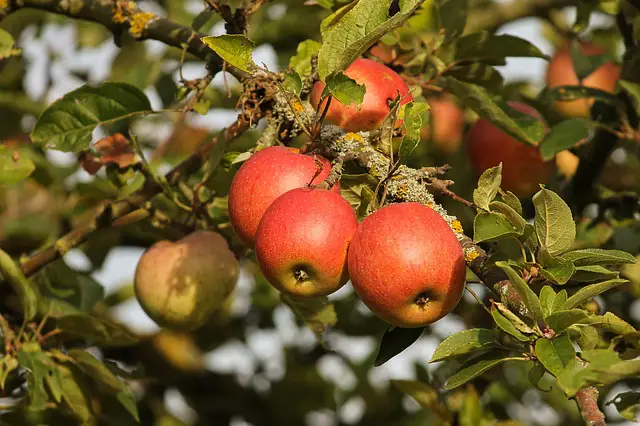
Apples and pears both have the same basic requirements, and this makes them perfect companion plants. You should allow a distance of at least 18 inches (45 cms) between trees and also be aware of the necessary pollinating tree for your plant. They basically need other apple/pear trees that flower at the same time.
Pear Trees and Nasturtiums
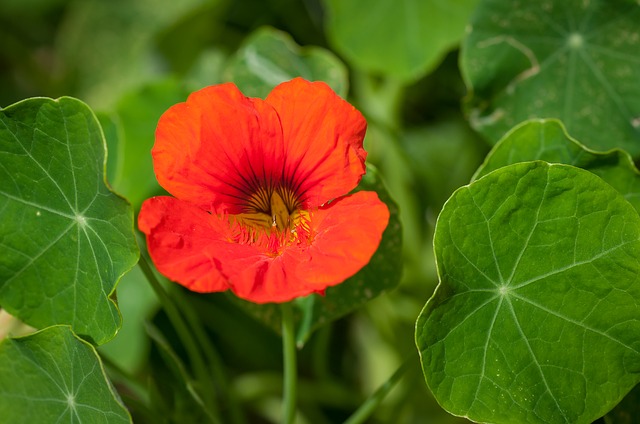
Growing nasturtiums in companion with pear trees will deter codling moths from visiting your pears. Codling moths lay their eggs and once hatched the grubs burrow into the fruit, and that is the horrible little maggot you see when you bite into the pear.
Pear Trees and Foxgloves

The tall spikes of foxglove flowers are a welcome sight in any garden, but grown around pear trees they will improve the health of your trees. Foxgloves help protect pear trees from disease, boost growth and increase the longevity of the fruit once it’s picked.
Pear Trees and Garlic
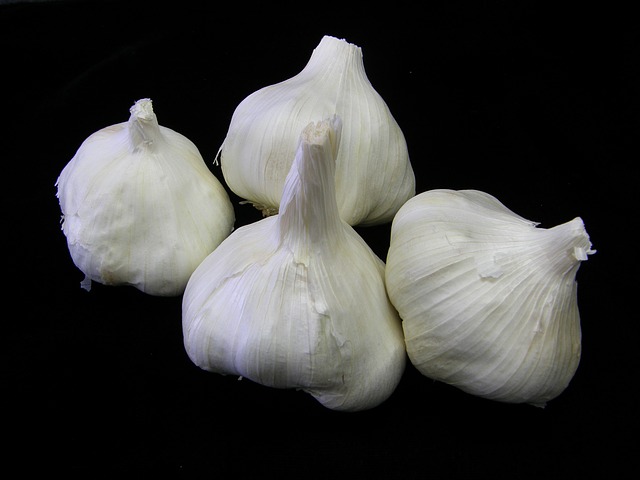
Garlic is well known to repel aphids and also disguise pear trees from codling moths. Whatever the plant there is an aphid that has evolved to attack it. Garlic spray is a great deterrent and eliminator of aphids.
By teaming garlic up with nasturtiums you will help to maintain a codling moth free zone. Which means less damaged fruit and more pears to eat.Due to it’s fungicidal properties garlic prevents scab in fruit trees.
Scab is a fungal disease that spreads by air borne spores and over winters in the soil. The high sulphur content in garlic kills the bacteria that feeds this fungus. Click this link to find out more about companion planting garlic.
Pear Trees and Wild Garlic
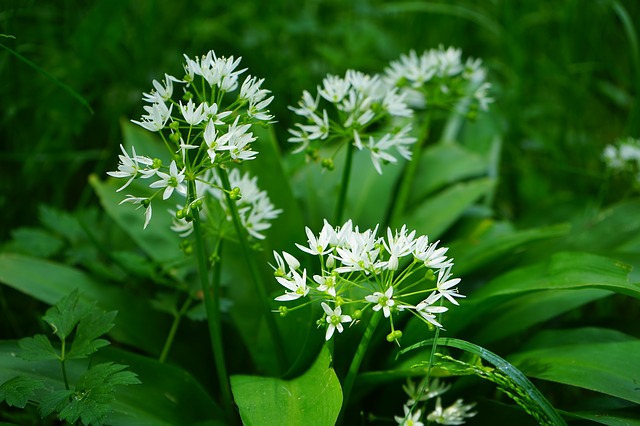
The leaves of the wild garlic or hedge garlic as it is sometimes known have the same aroma and properties as garlic. Wild garlic is more suited to be grown under pear trees as it grows in woodland in the wild. It will deter the same pests and infections as garlic.
These include aphids, codling moths and scab.
Pear Trees and Chives

Allow chives to flower and they not only look attractive but also attract beneficial pollinators to your garden. Companion planting pear trees with chives will prevent your pears from developing scab.
Pear Trees and Onions
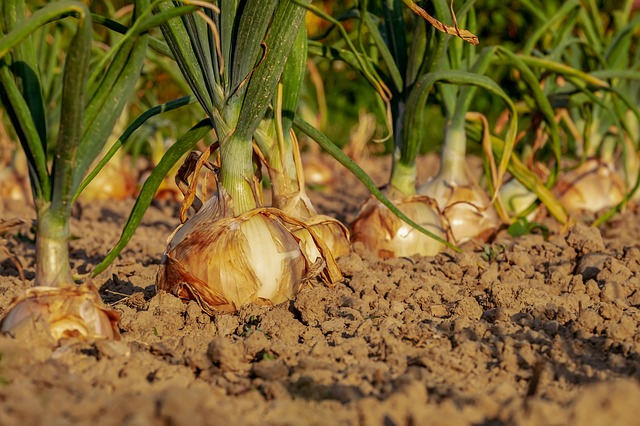
By companion planting onions with your pear trees you will protect them from scab, codling moths, and aphids. Always use onion sets as companion plants as seed grown onions do not have such a strong aroma.
Pear Trees and Leeks
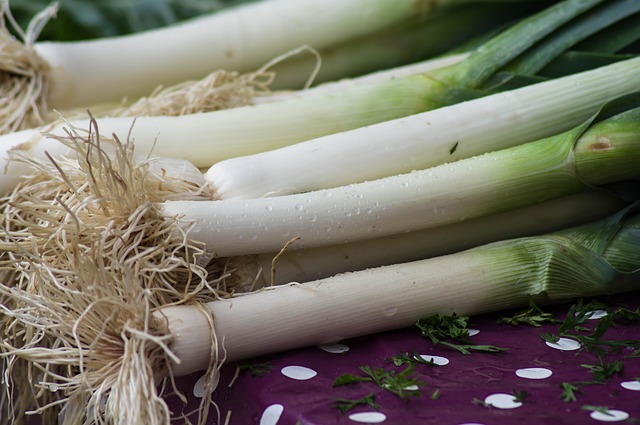
Leeks grown in companion with pear trees will protect the pears from aphids, codling moths, and scab.
Pear Trees and Borage
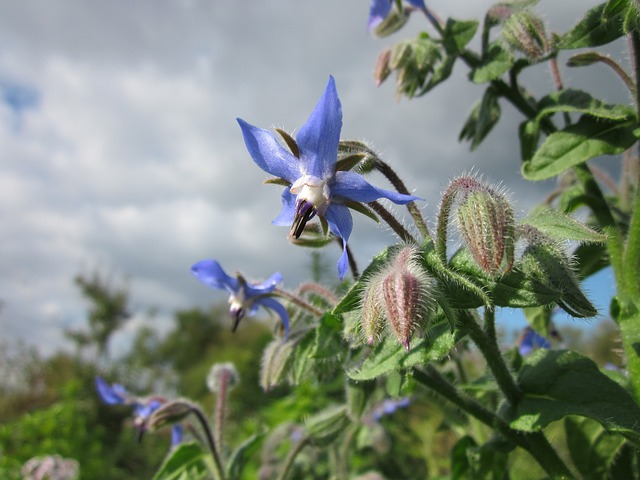
Borage is a great plant to grow in the garden and a must for fruit growers. It’s roots delve deep into the soil and share the beneficial minerals it releases with it’s companions. Bees find borage irresistible, as do hoverflies, both great pollinating insects.
Click here for more information on companion planting borage.
Pear Tree Companion Plants
Below are some plants that will benefit from being grown close to pear trees.
Pear Trees and Lettuce

Lettuce need full sun in early spring but tend to bolt in hot summer sun. Grow lettuce between pear trees to allow them to benefit from the shade of the pear tree leaves.
Pear Trees and Spinach

Another plant that will suffer if grown in hot summer sunlight. If you are lucky enough for the plant to not bolt, the leaves will take on a bitter taste and not be edible. Take advantage of the shade from pear trees to prolong the growing season of spinach.
Pear Trees and Broccoli
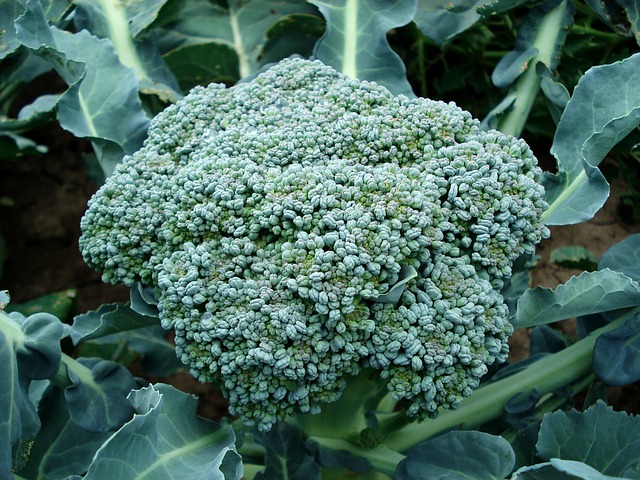
Broccoli doesn’t do too well in very hot sun, it will bolt and be inedible once it gets too hot. Grow broccoli under the shade provided by pear trees leaves and branches and enjoy broccoli for an extended period.
What Not to Grow With Pear Trees
Pear Trees and Black Walnuts
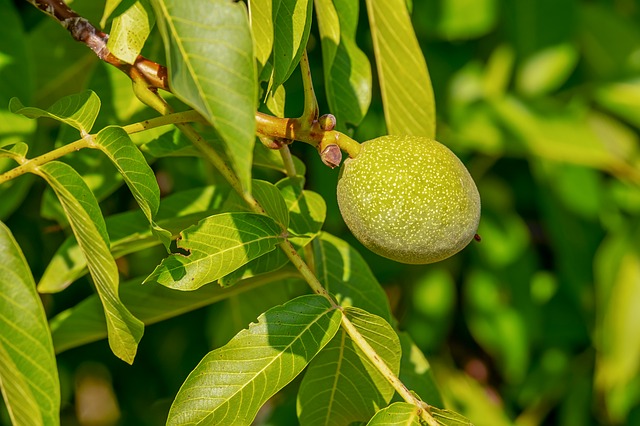
The black walnut is known to secrete a compound that will prevent anything from growing near it. Under no circumstances plant black walnut trees anywhere near pear trees or any other plant.
Pear Trees and Dandelions

Although these handy plants are considered a weed, they are beneficial plants to have in the garden. That said, they are known to give off ethylene gas which is causes fruit to mature quickly. Keep dandelions away from pear trees.
Click here to find out more about companion planting dandelions.
Pear Tree Soil Improvement Organically
If like me you are growing your food organically, and let’s face it if not you might as well buy it from the supermarket. At some point it will be of benefit to grow companion plants to add nutrients to the soil. Take care though, as too many nutrients are as bad or worse than too few.
One practise that should be followed is mulching the tree every year. By adding a mulch of compost around your pear tree you will improve the sol, and prevent water loss through soil evaporation. Other than that as your pear tree grows it will gather all it’s needs from it’s deep root system.
Insect Infestations as Health Indicators
The fact is healthy trees don’t get seriously damaged from insect infestations. I have recently heard of an apricot grower who treated his trees to a manure feed. The trees became infested with aphids.
Fortunately for him he had only treated around 25% of his orchard and mysteriously the other 75% wasn’t attacked by aphids. After much research he realised the reason was he had over nourished the affected trees. This made them less healthy, too much is as bad or worse than not enough…
Clearly this is not always the case but it is worth keeping in mind. If after trying all the above tips you still get insect problems, look to the condition of the soil.


Thanks so much. I only 2 acres and I’m trying squeeze all my desirables into the space without overcrowding. Hopefully things will end up aesthetically pleasing and the plants will be mutually beneficial to each other. Great post!
Hi Rose,
Thanks for reading my post, good luck with your 2 acres. Please let me know how you get on.
All the best
Steve